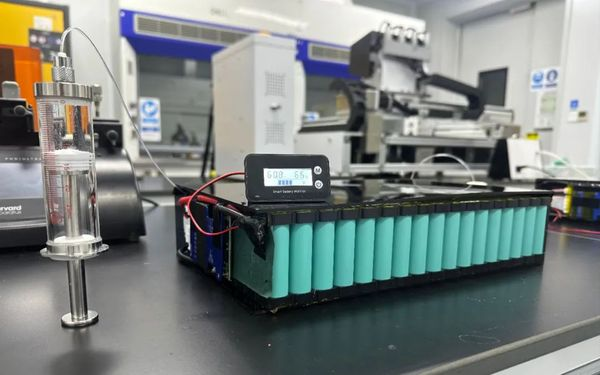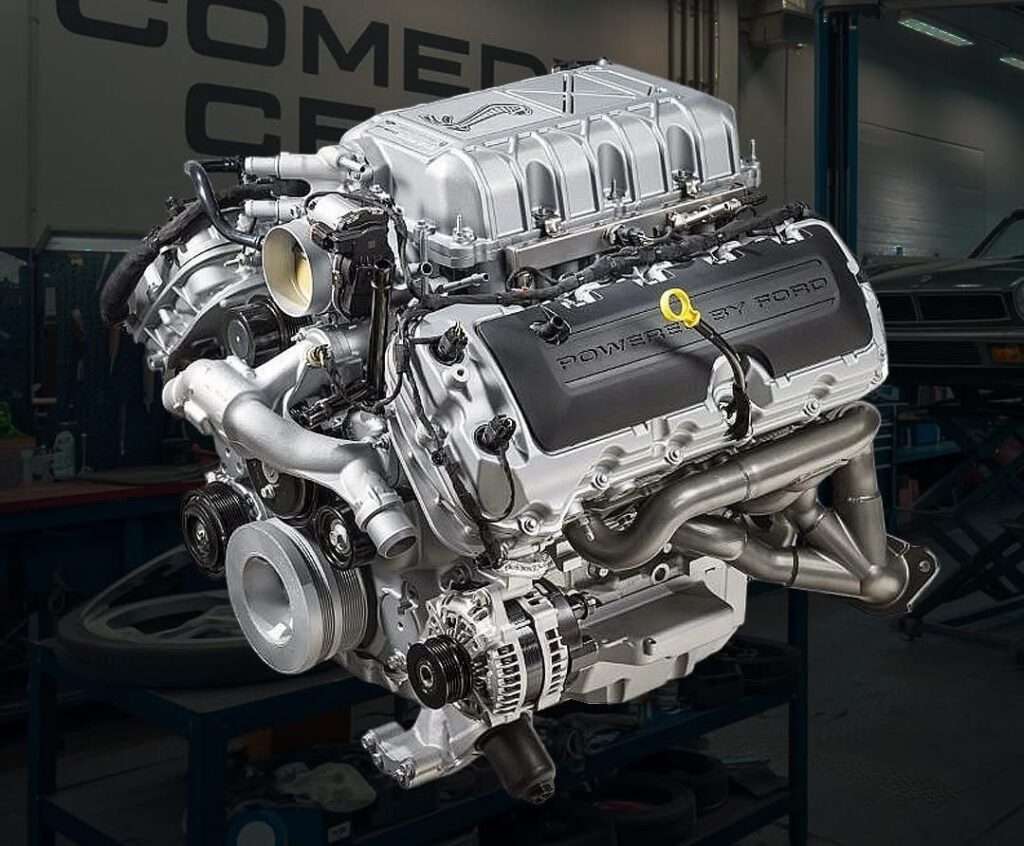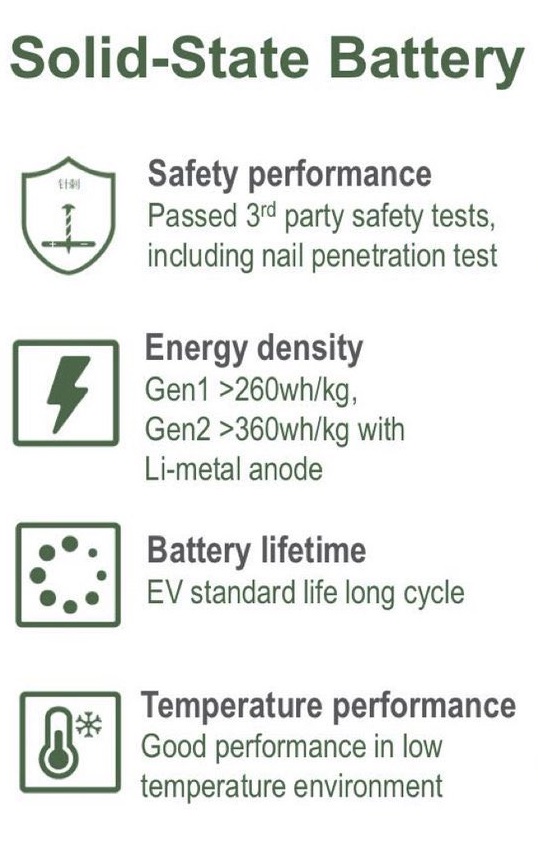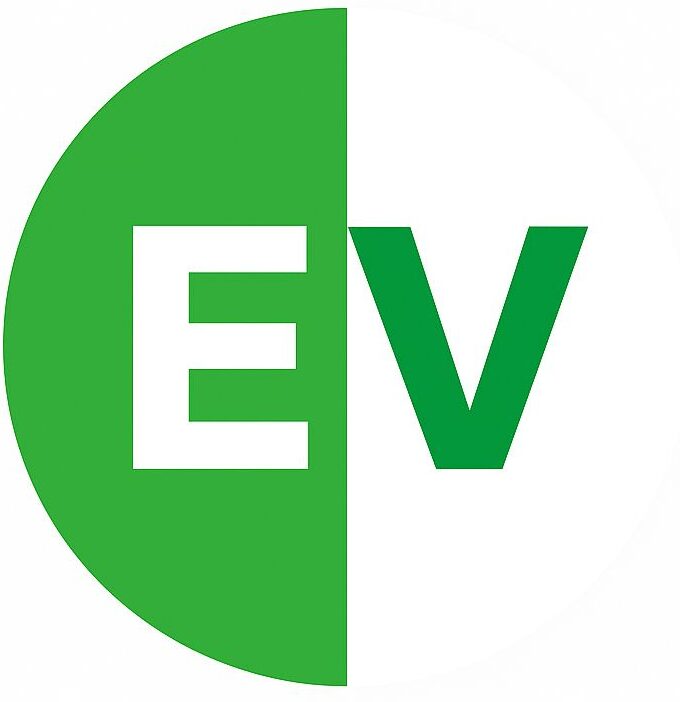When Henry Ford rolled out the Model T in 1908, it was not just another car it was the start of a movement that redefined personal mobility. For decades since then the DNA of the automobile has been written by engines from the mighty V12s that powered luxury sedans to the quirky Wankel rotary to Porsche’s iconic flat-six. Every engine carried its own identity its own story. But as we enter 2025 the story of cars is no longer written in cylinders and pistons it is being rewritten in volts, cells and chemistry. The new DNA of automobiles is batteries.

Over the last decade the rise of electric vehicles (EV) was often dismissed as a trend reserved for enthusiasts or early adopters. Yet in just the first quarter of 2025 global EV sales touched nearly 4 million units with annual projections climbing past 20 million. What was once a niche is now becoming the mainstream. But the true revolution is not just in the sales numbers. it is in the battery labs of Tokyo, Seoul, Shanghai, Stuttgart and California where the very heart of the EV is being reinvented.
The End of Engine Identity! The Start of Battery Identity

For over a century automakers differentiated themselves with the sound, feel and power of their engines. Today, the battleground has shifted. Instead of the roar of a V8 the identity of tomorrow’s cars will be determined by whether they carry a solid-state pack a sodium-ion breakthrough or lithium cells with energy densities that were unthinkable a decade ago.
Toyota and Nissan have both accelerated their plans for solid-state batteries with early prototypes now showing real-world range increases of over 40% compared to today’s lithium-ion systems. Solid-state promises safer, faster-charging and longer-lasting cells and Japanese manufacturers believe it could bring EVs closer to mass affordability by the second half of this decade.
Meanwhile, Chinese giants BYD and CATL are exploring a different path. Sodium-ion batteries once considered too unstable are now entering semi-commercial stages. Sodium is abundant and cheaper than lithium and while the energy density is lower the cost advantages could make EVs more accessible in emerging markets like India, Africa and Southeast Asia.
Global EV Sales: From Experiment to Mass Market
The numbers themselves tell a remarkable story. In 2015 global EV sales barely crossed 500,000 units. A decade later we are talking about 4 million EVs sold in a single quarter China remains the epicenter with brands like BYD, NIO and XPeng dominating but Europe and North America are catching up thanks to Tesla’s relentless push, Volkswagen’s ID series and Ford’s renewed EV strategy.
India, though still in the early stages has seen EV adoption grow more than 100% year-on-year driven by falling battery costs, local manufacturing and government incentives. With players like Tata Motors and Mahindra already securing supply chains and MG Motor introducing semi-solid-state batteries the Indian market is positioning itself as a future volume driver.

The shift in consumer behavior is equally telling. EVs are no longer bought just for going green. Consumers are beginning to see them as aspirational, high-performance, tech-driven vehicles. This is why Porsche’s Taycan and Hyundai’s Ioniq 5 sell not just on efficiency but on identity and style.
Why Batteries Matter More Than Ever
In the internal combustion era an automaker could buy similar steel, glass and rubber as its competitors but it was the engine that made the car unique. In the EV era the same logic applies to batteries. The automaker that leads in battery innovation controls the future of mobility.

This is why Nissan’s announcement of commercializing solid-state batteries by late 2028 sent shockwaves across the industry. If they succeed it could cut charging times to 10 minutes while extending range dramatically. Imagine a family sedan with 1,000 kilometers of range, charged as quickly as filling a petrol tank. That is not science fiction anymore. it is a roadmap.
On the other hand sodium-ion and semi-solid batteries could democratize EVs. While they may not power luxury models, they could make two- and three-wheeler EVs in India or Africa affordable to millions expanding the market far beyond what lithium-ion could achieve alone.
The Global Supply Chain Race
Behind the scenes the EV revolution is as much about geopolitics as it is about chemistry. China currently dominates the lithium-ion battery supply chain from raw materials to cell manufacturing. The West is responding by investing billions into local gigafactories while India has rolled out the Production Linked Incentive (PLI) scheme to attract local battery manufacturing.
Solid-state and sodium-ion technologies are also strategic plays. Whoever controls the patents and manufacturing scale will not just sell cars. they will control the energy ecosystem of the future.
The Road Ahead
Looking at 2025 one thing is clear we are witnessing a Ford Model T moment for EVs. Just as the Model T transformed cars from luxuries into necessities, battery innovation is about to take EVs from niche adoption to global dominance.
The question now is not whether EVs will replace combustion cars. it is about how fast and with which technology leading the charge. Will solid-state cells define the premium segment? Will sodium-ion democratize electric mobility? Or will a yet-unknown breakthrough rewrite the rules once again?
For consumers, this means more choices, lower costs and higher performance. For automakers it is survival of the fittest. For the planet. it is hope that transportation future can finally align with sustainability.
The DNA of cars has shifted. The heartbeat of tomorrow’s mobility will not be heard in exhaust notes but measured in kilowatt-hours. And in this new era the story of every car begins not with an engine code but with a battery chemistry.


